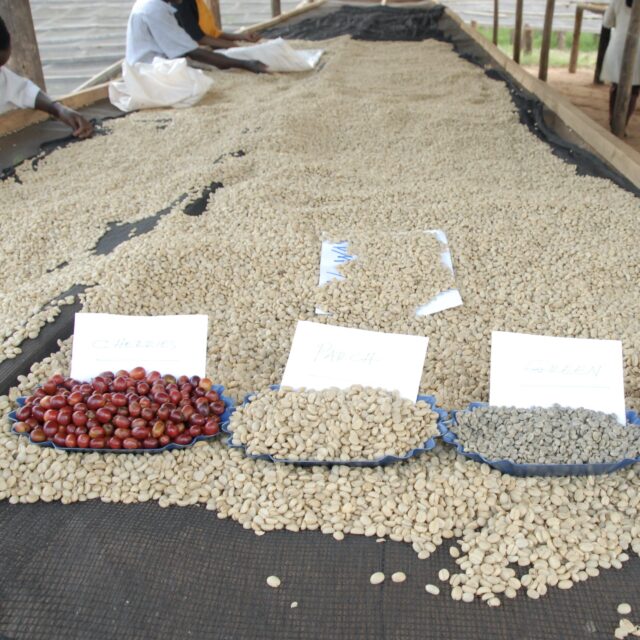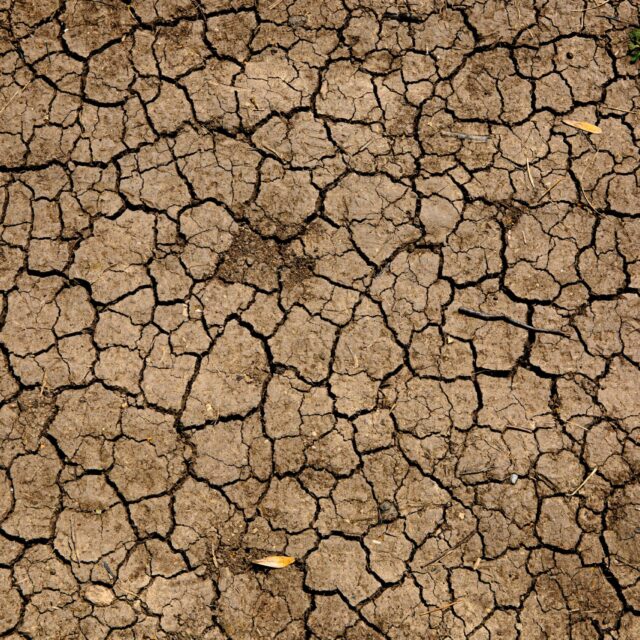World hunger is a major global issue. Over 800 million people are going to bed hungry each night, and this year, 49 million people across 49 countries are experiencing an “’emergency phase‘ of food insecurity,” according to the World Food Programme. As part of the Sustainable Development Goals (SDGs) laid out by the United Nations, however, the international community has set the goal of ending chronic hunger and improving nutrition in general by 2030.
That sounds like a big goal at first, but the good thing is that each of us can contribute to achieving this goal in small ways. Here‘s how.
Waste less food
Around 17% of the world’s total food production goes to waste. And food waste can lead to resource waste — “when food is lost or wasted, all the resources that were used to produce this food – including water, land, energy, labor, and capital – go to waste,” according to the UN.
The good news, however, is that you can take action now to fix this. You can start when you go shopping. Take a shopping list with you to avoid unnecessary spontaneous purchases and also give those less-visually appealing crooked vegetables a chance. When you‘re done, make sure you store your food properly at home. And if you need to use up some food before it expires you can always repurpose it with creative recipes. Read more on tips on how you can reduce food waste at home.
Consider food sharing
Wasting less food is great, and saving wasted food is even better. The most popular way to do this is through the food-sharing community, which you can easily join. Food sharing refers to the practice of making a commitment to make sure that “food is shared instead of wasted [and] it aims to stop people from going hungry.” Remember, one-third of the food produced globally ends up getting wasted, so banding together via food sharing initiatives ensures that nothing ends up wasted and that everyone can enjoy a meal. Learn more about food sharing and a variety of global initiatives.
Eat seasonally and regionally
Do you know where and under what conditions the food you bought in the supermarket was produced? Buying food is very easy, but the production conditions often remain in the dark. Poor working conditions and long transport routes often contribute to poverty and climate change. If you buy products that come from your region and that are in season, however, you can be sure that your lunch has not traveled halfway around the world and hasn‘t used a number of resources or contributed to global poverty to get to you. You can easily find out which vegetables are in season by checking a seasonal calendar, and ultimately, reduce food waste.
Look out for Fair Trade products
Every now and then we all have a craving for a banana, a piece of chocolate, or a good cup of coffee. Fortunately, all of these products are also produced fairly. By buying a Fair Trade product, you make sure that the people who worked for your food are also paid fairly, have good working conditions, and are therefore less likely to live in poverty and suffer from hunger. Learn more about Fair Trade labels and what they mean.
Hopefully, these few tips are something that you can adopt in your day-to-day life and inspire you to become an advocate for ending world hunger. And don’t forget: every step counts because SDGs can only be achieved together!



